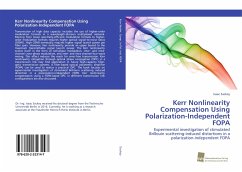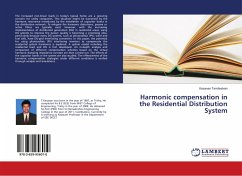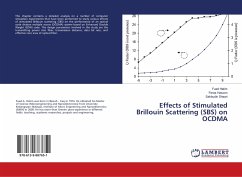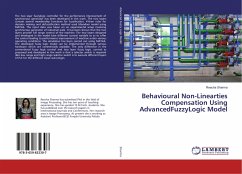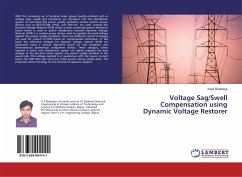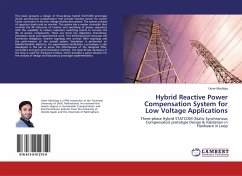Transmission of high data capacity includes the use of higher-order modulation formats in a wavelength-division multiplexed network. Moving from lower spectrally-efficient modulation formats to higher-order modulation formats requires higher optical signal-to-noise ratios (OSNR). High OSNR eventually requires higher signal launch power per fiber span. However, Kerr nonlinearity provide an upper bound to the maximum transmittable signal launch power. The Kerr nonlinearity evolve itself in the form of self-phase modulation, inter- and intra-channel cross-phase modulation, and inter- and intra-channel four-wave mixing. This effect reduces the reach for error-free transmission. Kerr nonlinearity mitigation through optical phase conjugation (OPC) in a transmission link may find application in future high-capacity fiber-optic transmission systems. A fiber-based optical parametric amplifier (FOPA) can be used to realize a practical OPC. The book focuses on experimental investigation of stimulated Brillouin scattering induced distortion in a polarization-independent FOPA. Kerr nonlinearity compensation using a FOPA-based OPC in different transmission link configurations are also discussed.
